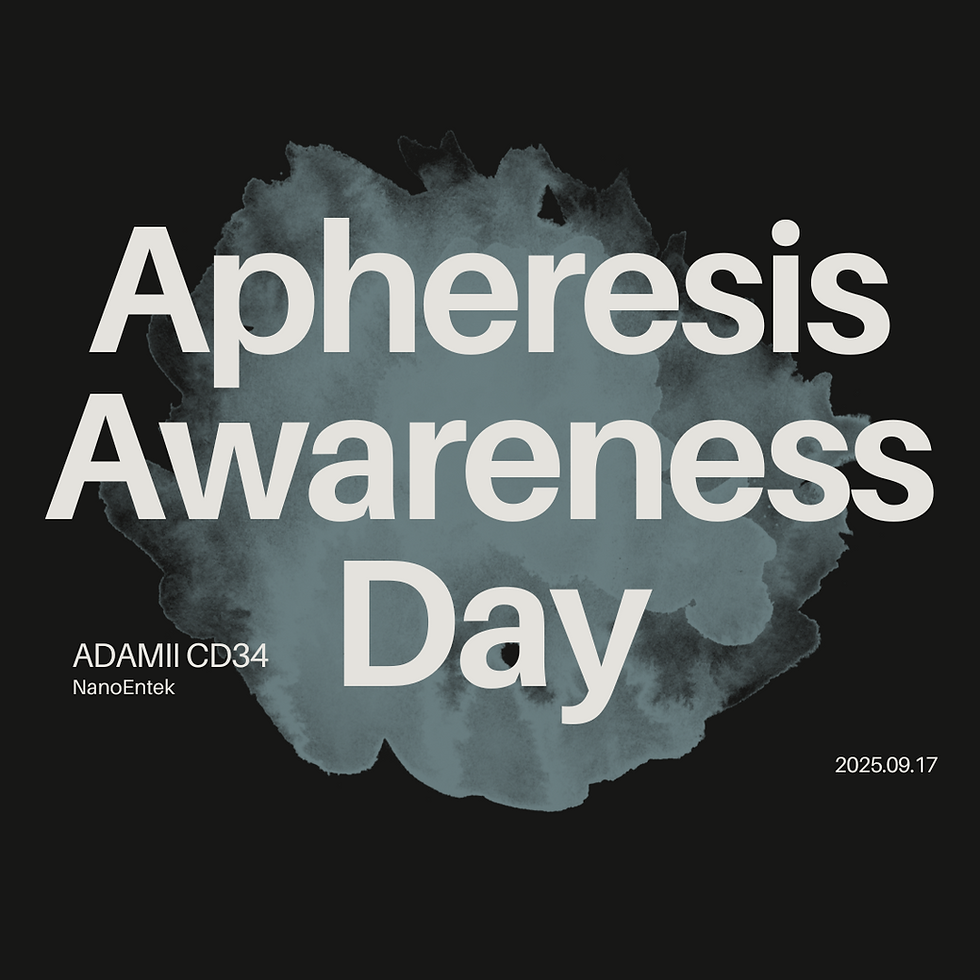Vital Fluids, Vigilant Measures: Navigating Korea's Blood Quality Odyssey
- NanoEntek

- Dec 19, 2023
- 3 min read
Updated: Dec 19, 2023
Introduction
Korea has made significant strides in blood donation rates, currently standing at an impressive 5.04%, surpassing the 3.15% reported by the WHO for high-income countries. However, despite this commendable effort, the demand for blood still outstrips its availability, presenting a complex challenge in the realm of blood quality management.
Historical Perspective
In 2004, Korea faced a critical juncture with the confirmation of transfusion-transmitted HIV infections in six individuals, sparking a nationwide review of donation histories. This led to the establishment of The National Blood Safety Improvement Project (2004–2009). The project, with a budget of USD 320 million, focused on preventing transfusion-transmitted infections (TTI). Key initiatives included shifting from group to individual donations, increasing government investments, enhancing monitoring systems, consolidating laboratories, and introducing highly sensitive screening tests.
Blood Donation and Challenges
Data from 2010–2020 reveals that the Korea Red Cross (KRC) received 94% of total blood donations, with non-KRC blood centers receiving the remaining 6%. Remarkably, individuals in their teens and twenties constitute the major donor group, contributing approximately 65% of the blood supply. Whole blood, collected in two volumes (320 mL and 400 mL), is processed into components and supplied to 2,487 hospitals.
Despite rigorous screening protocols, challenges persist. In 2009, a donor with a four-year history was confirmed to have AIDS, highlighting the need for constant vigilance. In 2020, 1,915,238 units of blood components were supplied to hospitals, primarily catering to those using less than 500 RBC units annually. Patients contribute 5%–20% of the blood transfusion fee, with the remainder covered by national medical insurance.
Adverse Events Reporting and Future Directions
The investigation of adverse cases took a significant leap in 2014, with a regulatory mandate requiring all transfusions and related adverse reactions to be reported. In 2020, 267 hospitals reported 2,787 adverse events, encompassing transfusion-related symptoms, errors, and blood collection mistakes. This initiative has not only improved reporting but also fostered a culture of transparency.
Moving forward, Korea's blood services must focus on securing donation resources through education and community-centered activities. Additionally, supporting research in transfusion medicine is crucial for optimal blood resource utilization. Emphasis should be placed on economic value creation through the industrialization of developments, including the creation of test reagents and kits.
In conclusion, Korea's commitment to blood quality management is evident in its proactive measures and continuous improvements. As the nation moves forward, fostering a culture of awareness, transparency, and innovation will be pivotal to addressing current challenges and ensuring a robust blood supply for the future.
Reference
Kim, H. O. (2022a). Current State of Blood Management Services in Korea. Annals of Laboratory Medicine, 42(3)
Chung, K., Basavaraju, S. V., Mu, Y., van Santen, K. L., Haass, K. A., Henry, R., Berger, J., & Kuehnert, M. J. (2016). Declining blood collection and utilization in the United States. Transfusion, 56(9), 2184–2192.
Kim, S., Kim, H. O., Kim, M. J., Lee, S. W., Shin, Y. H., Choi, Y. S., & Lee, D. H. (2013). Performance Review of the National Blood Safety Improvement Project in Korea (2004-2009). Blood Research, 48(2), 139.
Youk, H.-J., Chung, Y., Kim, H., Hwang, S.-H., Oh, H.-B., & Ko, D.-H. (2021). Current status of Management for Transfusion Management Division at ten medical institutions in Korea. The Korean Journal of Blood Transfusion, 32(3), 174–180.
This content is intended for educational purposes only and is not a substitute for professional medical advice. If you have any questions or concerns about your health, please consult with a healthcare professional.
[ADAM rWBC2]
Residual Leukocyte Counter
[ADAM rWBC HT]
Residual White Blood Cell Counter









Comments